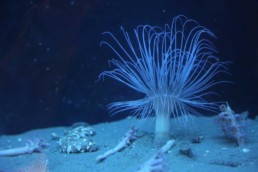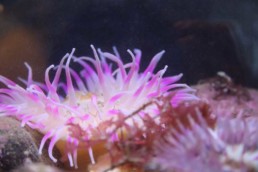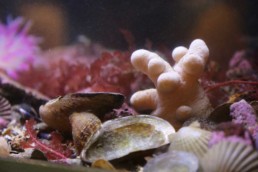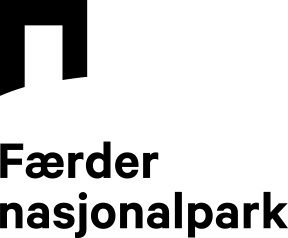The sea floor
Life along the seashore
Lots of people know about the things that live here, because they’ve picked mussels and starfish, and caught crabs, shrimp and small fish in the kelp. Here you can also find barnacles, green and red algae, amphipods and bristle worms. Bladder wrack grows in the shallowest areas, while at slightly greater depths you find Norwegian kelp and toothed wrack. Kelp forests, which are almost like an underwater tropical rainforest or jungle, are important nursing grounds for many different species.

Eelgrass meadows
We find these in shallow, sheltered locations without strong currents and where the bottom consists of a mixture of mud and sand. Eelgrass meadows are highly productive, so they are rich in flora and fauna. They are important for fish like cod, pollack, whiting, black goby and sand goby. Eelgrass also binds the sediments and reduces erosion, making it important to the stability of the sea floor in shallow waters.
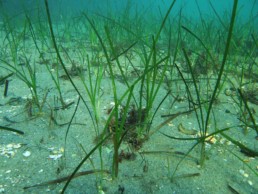
Shell sand areas
Shell sand consists of the partially broken down calcified shells of bivalves and other marine organisms. So far we know of 45 of these areas in the national park, including both south and east of Verdens Ende. Other good examples include the beaches on Hvasser and northern Sandø. As well as being popular with bathers, they are also important nursing grounds for a rich and characteristic fauna, including flounders, small crustaceans, numerous bivalves, bristle worms and others. Shell sand is considered a non-renewable resource on a human time scale.

Soft-bottom habitats
These mud and sand flats are home to bivalves and lugworms, as well as some kelp growing on stones. These areas are often exposed at low tide, which brings the familiar spaghetti-like piles of sand to view. These piles consist of lugworm excrement. The sand gaper, which is on the red list, has so far been recorded at eight locations in the national park. Other common animals in these areas include echinoderms like brittle stars and heart urchins, flatfish, razor clams, cockles, pelican’s feet and tower shells.
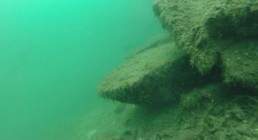
In the deep waters
This is the part of the national park that we know least well, so it is also where we are most likely to make exciting discoveries in the future. The deepest parts of the national park lie east of Store Færder, as well as east of Bolærne towards Rauer, where the sea depth ranges from 200 to 500 metres. In the neighbouring Ytre Hvaler National Park they have discovered a coral reef, but we don’t yet know whether there are any here.
